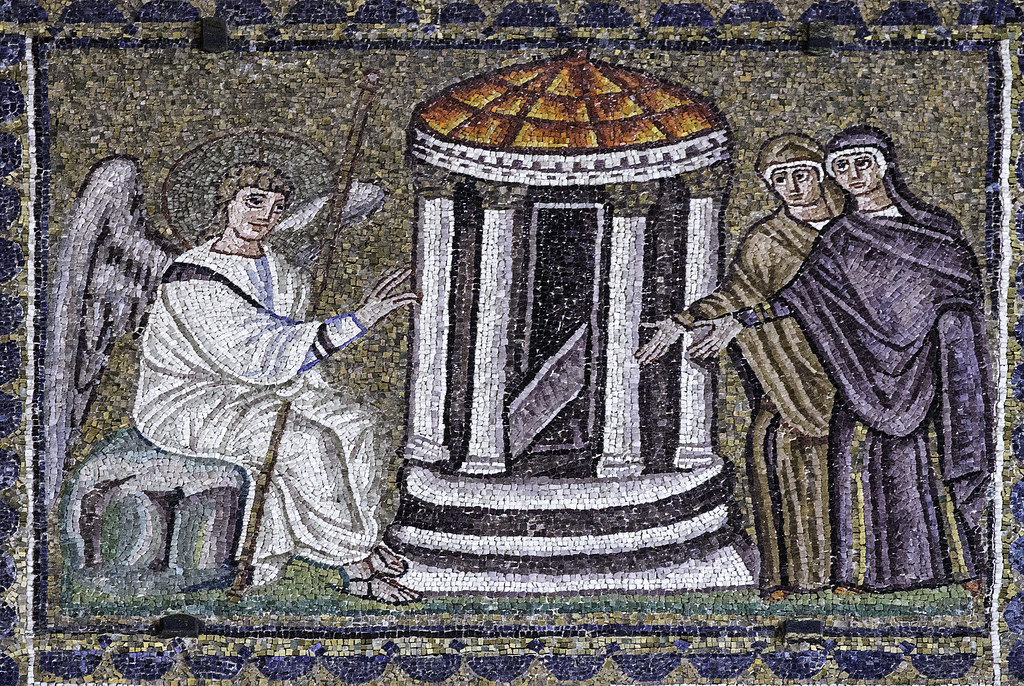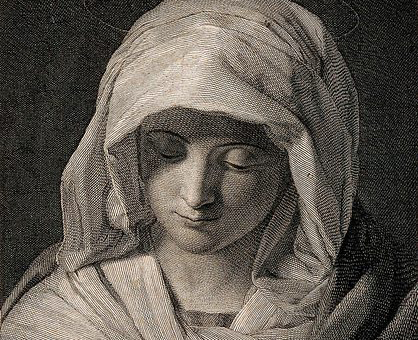
The Easter Season is determined by the seven weeks it takes to get from the Resurrection to Pentecost (which means “50th day”). While many of us might do with a little more Advent and a little less Lent, at least we’re clear what these seasons signify and what we’re to be about. During Advent, we await and prepare for the coming of Jesus. In Lent, we embrace penitential practices as we anticipate the resurrection of Jesus. But after Easter, liturgical time feels frankly anticlimactic. Once the tomb is discovered to be empty, really, what else is there?
What happens next in the story is nothing less than the birth of the church. But let’s not rush past the Easter event too quickly. The practice of the church certainly doesn’t. The Easter Vigil is the longest and most elaborate ritual of the church year. It’s the final segment of a three-part liturgical movement, known as the Triduum, which begins on Holy Thursday, continues on Good Friday, and culminates on Holy Saturday night. We keep vigil with Jesus through the commemoration of his Last Supper, the anguish of his crucifixion, and the dark void between the death of hope and the dawn of resurrection. We listen to a well-chosen train of Scripture readings that trace the story of our walk with God through time. It takes a while to process this much intense human experience, and it’s wise to go slowly and thoughtfully through these days.
Easter itself is an Octave, or eight-day feast, just like Christmas. In terms of liturgical practice, the Octave is like a week of Sundays as we light the Paschal candle, sing the Gloria, and continue to contemplate the wonder that death has a door, Jesus has passed through it, and so will we. Is a week too long to ponder this idea?
After Easter, Jesus continues to appear to disciples in groups large and small. Luke says he teaches them more about God’s kingdom for 40 days, a sacred number that symbolizes completeness. Then Jesus returns to his Father in the Ascension—which we celebrate 40 days after Easter (or on the nearest Sunday, in some dioceses). The disciples devote themselves to prayer from that hour until Pentecost morning, when the Spirit comes and the church is launched into prime time. What should we be doing from Easter through Pentecost? Imitate the disciples in celebrating, contemplating, learning, and praying to prepare for the mission ahead.
Scripture:
Mark 16:1-20; Matthew 28:1-20; Luke 24:1-53; John 20:1—21:25; Acts of the Apostles 1:1—2:47; 1 Corinthians 15:1-11
Books:
Easter, Season of Life and Fire, by Barry Hudock (Liturgical Press, 2017)
A Spirituality of Mission: Reflections for Holy Week and Easter, by Mark G. Boyer (Liturgical Press, 2017)



